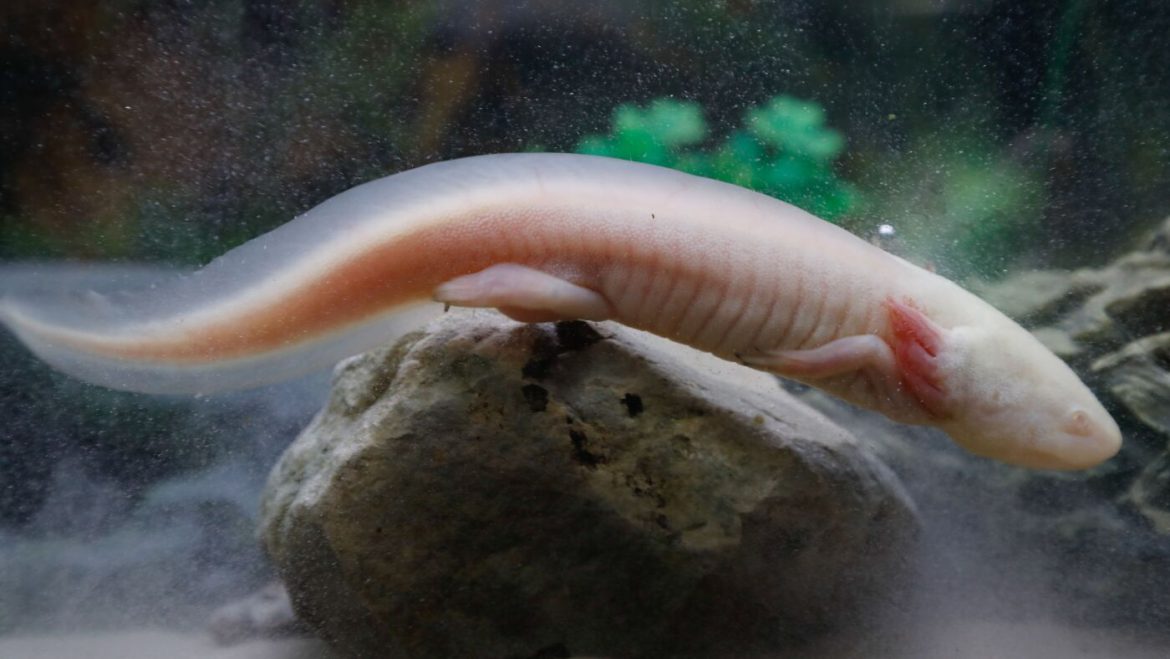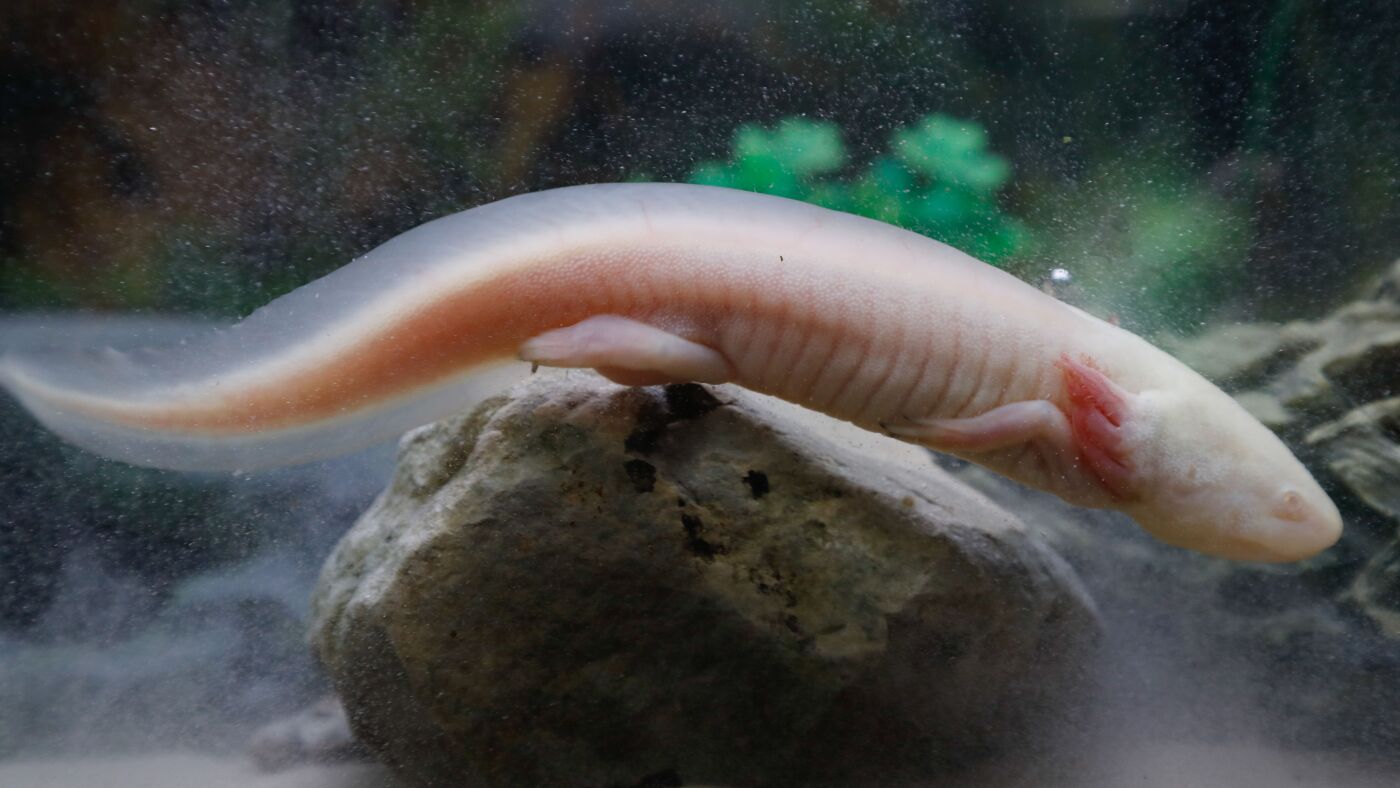The Resurgence of Axolotls: A Beacon of Hope for Conservation
The axolotl, a unique and captivating amphibian, has long been a subject of fascination for scientists and nature enthusiasts alike. Known for its neotenic characteristics, the axolotl retains juvenile features throughout its life, making it a subject of extensive research. However, the axolotl’s survival in the wild has been increasingly threatened, pushing it to the brink of extinction. Recent studies, however, offer a glimmer of hope for the future of these remarkable creatures.
The Plight of the Axolotl
A Species on the Brink
The axolotl, native to the freshwater lakes and canals of Xochimilco in Mexico City, has faced severe declines in its population due to habitat destruction, pollution, and the introduction of invasive species. The once-thriving populations have dwindled to critically low numbers, earning the axolotl a place on the critically endangered species list. The axolotl’s unique biology and ecological significance make its potential extinction a significant loss for biodiversity.
Conservation Efforts
In response to the axolotl’s dire situation, conservationists and researchers have been working tirelessly to develop strategies for its preservation. Captive breeding programs have been established to increase the axolotl population in controlled environments. These programs aim to breed axolotls in captivity and eventually reintroduce them into the wild, hoping to reestablish self-sustaining populations.
Captive-Bred Axolotls: A Ray of Hope
The Study
A groundbreaking study conducted by researchers at the Autonomous University of Baja California has provided encouraging results. The study involved the release of 18 captive-bred axolotls into both restored and artificial wetlands near Mexico City. The axolotls were fitted with tracking devices to monitor their survival and behavior in the wild.
Surviving in the Wild
The findings of the study are promising. The captive-bred axolotls demonstrated an impressive ability to navigate and thrive in their new environments. They successfully inhabited both artificial and restored wetland ecosystems, showcasing their adaptability and resilience. This success highlights the potential of captive breeding and reintroduction programs as effective conservation strategies.
The Role of Artificial Wetlands
A Viable Solution
One of the key takeaways from the study is the potential of artificial wetlands in axolotl conservation. The axolotls introduced to a man-made pond not only survived but also thrived, suggesting that artificial wetlands can serve as viable habitats for these amphibians. This discovery is particularly significant given the ongoing destruction of natural wetlands, which are crucial for the axolotl’s survival.
Long-Term Implications
The success of the captive-bred axolotls in artificial wetlands opens up new avenues for conservation efforts. By creating and maintaining artificial wetlands, conservationists can provide safe havens for axolotls, allowing them to reproduce and establish stable populations. This approach can complement traditional conservation methods, offering a more comprehensive strategy for protecting the axolotl and other endangered species.
The Future of Axolotl Conservation
Continued Research and Monitoring
While the initial results are encouraging, continued research and monitoring are essential to ensure the long-term success of axolotl conservation efforts. Researchers must track the axolotls’ behavior, reproduction, and interaction with their environment to identify any potential challenges and adapt their strategies accordingly.
Public Awareness and Support
Raising public awareness about the axolotl’s plight and the importance of conservation efforts is crucial. Engaging the community in conservation initiatives can provide the necessary support and resources to protect the axolotl and its habitat. Educational programs, public outreach, and collaborative efforts between researchers, conservationists, and local communities can make a significant difference in the axolotl’s survival.
Conclusion: A Call to Action
The resurgence of axolotls in Mexican wetlands is a testament to the power of conservation efforts and the resilience of these remarkable amphibians. The success of captive-bred axolotls in both natural and artificial wetlands offers hope for their long-term survival and a blueprint for protecting other endangered species. As we continue to face environmental challenges, it is imperative that we remain committed to preserving biodiversity and ensuring the survival of species like the axolotl. The future of these unique creatures is in our hands, and it is our responsibility to safeguard their existence for generations to come.


